Surgical Management for Diabetic Foot Ulcer:A Bibliometric Study
Zong CHEN ,Wenhui LIU ,Zhiyou CHEN,Guangshuai LI
Department of Plastic and Reconstructive Surgery,First Affiliated Hospital of Zhengzhou University,Zhengzhou,Henan 450052,China
# These authors contributed equally to this work.
ABSTRACT Background Management of patients with diabetic foot ulcer is often burdensome,complex,and arduous.In addition,it can be challenging for clinicians and researchers to understand the surgical management of diabetic foot ulcer from the existing studies because of the extensive literature on this topic.Methods Bibliometric analysis was conducted using CiteSpace,and data were retrieved from the Web of Science Core Collection.Results A total of 1,475 publications were retrieved.The “United States Department of Health and Human Services (HHS,USA)” and “National Institutes of Health (NIH,USA)” were the most important funders.The most active authors were Armstrong DG and Lipsky BA.The most active institutions were the University of Washington and University of Arizona.Developed countries in the USA and England contributed the most to the literature,and the publications were clustered into 15 topics.The emerging topic trend was the cluster label for “diabetic foot osteomyelitis” and “multidisciplinary setting”.Conclusions This study provides researchers and clinicians with important information on the cooperation of authors,institutions,and countries,intellectual structure,knowledge flow,and emerging topic trend,to help them with their subject cognition,study visits,study abroad,research direction selection,and grant applications.
KEY WORDS Diabetic foot ulcer; Surgery; Management; Bibliometric; CiteSpace
INTRODUCTION
Diabetic foot ulcer (DFU) is a common issue for people with diabetes,especially in elderly patients.It has high recurrence and is associated with a high risk of limb amputation and mortality and high healthcare costs[1-3].Management of patients with DFU is a burdensome task with complexity and arduousness[4].Previous studies showed that the premise of a good therapeutic effect for DFU includes not only blood glucose/HgA1c level control and anti-infection,but also surgical methods such as cleaning,dressing,off-loading,biofilm control,vascular status assessment and surgeries,etc[5-6].Among them,surgical management (such as dressing,offloading,debridement,and the necessary surgeries)play an important role in controlling/healing DFU[2,5-6].However,because of the extensive intellectual structure of this information,it can be challenging for clinicians and researchers to understand the surgical management of this condition from single or several studies.Therefore,with limited time and energy,it can be difficult for them to obtain sufficient information useful for their research,work,and learning.
Bibliometrics is the analysis and quantification of the content and parameters (author,institution,citation,keywords and research category,etc.) of articles in specific subject areas to reflect important information and trends[7-8].These are presented visually and comprehensively to help the researchers and clinicians understand the academic foundation and the frontier,research focus and hot topics,trends,active authors,institutions and journals,related association,cooperation,etc[9].This information will surely help them with their research,work,and study.Bibliometric analysis has been gradually applied in the clinical work of plastic and reconstructive surgery,orthopedics,diabetes treatment,nursing,neurology,etc[10-14].
In this study,we conducted a bibliometric study on the surgical management for DFU,by retrieving publication data from the Web of Science (WoS) Core Collection,to provide researchers and clinicians with important information and suggestions in this field.To our knowledge,this is the first bibliometric analysis that focuses on the surgical management for DFU.
MATERIALS AND METHODS
We conducted a search of the terms “(diabetic foot ulcer$OR diabetic feet ulcer$ OR diabetic ulcer$) AND (surgery OR surgeries OR surgical OR operation OR operations OR operative)” with a topic search of WoS Core Collection database (version 5.34),retrieved for publications published from 2000 to 2019,although data retrieval was performed on January 20,2020,and data from 2020 were excluded.Records downloaded from the WoS included the author information,institution,country,journal,keyword,category,grant,citation,etc.All these data were subjected to a bibliometric analysis,which was performed using CiteSpace (version 5.6.R2).It presents charts and visualization network maps through data statistics,coword,and co-citation analysis.A high word co-occurrence(co-word) and/or references co-cited (co-citation) indicated similarity,cooperation,and association[9].
Network visualization maps were composed of nodes,lines,rings,clusters,labels,and color.A node represents a unit like a journal,author,or publication,and the size of each node represents the total number of citations or record counts.The larger the node,the higher the number of citations.A line generally connects two nodes and represents the cooperation and association between the two nodes.The rings wrap around the node and indirectly form the size of the node.The area of each ring represents the number of citations in a certain year.Color was used for distinction.For the color of the rings,the colder the color (gray,blue),the farther the year;the warmer the color (red,orange),the closer the year.It is important to emphasize that the node with a purple outer ring is generally of high centrality,which means more association and cooperation,named the pivot node.Moreover,a large node indicates high citations,named a landmark node.
Cluster is a collection of a sufficient number of similar and associated nodes,represented by a certain region.Adjacent clustering usually corresponds to related topics,and the knowledge flow between clusters can be understood from the color.The cluster label is generally the most representative noun phrase selected by different algorithms (LSI,LLR,WI).Next,a pruning algorithm,Pathfinder,was applied to prune the merged network[15].
RESULTS
A total of 1,475 publications were retrieved from the WoS Core Collection database.The annual change in the number of publications is shown in Fig.1.These publications were cited 30,084 times,with an average of 20.4 per publication.
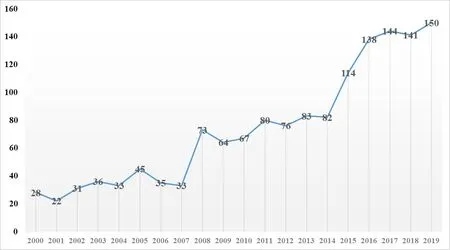
Fig.1 Annual change in the number of publications
Publication Types and Publication Citations
For publication types,the vast majority were articles(n=1,229; 83.3%) and reviews (n=211; 14.3%),while there were few other types (Supplementary Fig.1).According to statistics on the citation of publications,the most cited publication was “Preventing Foot Ulcers in Patients With Diabetes”,which was published in 2005 by Singh N et al.[16].The total number of citations was 1,280,and the annual average number of citations was 80.In addition,the top 10 most cited publications are presented in Supplementary Table 1.
Research Categories,Keywords,and Grants
According to statistics on research categories,the top three terms were “Surgery” (n=600; 40.7%),“Dermatology” (n=274; 18.6%),and “Orthopedics”(n=211; 14.3%).Likewise,the five most frequently used keywords were “management”,“amputation”,“infection”,“surgery”,and “osteomyelitis” (besides “diabetic foot ulcer” and “ulcer”).The co-word visualization map is shown in Supplementary Fig.2,which showed that highfrequency keywords had a high centrality and association but are common and unrepresentative.Furthermore,the record count of grants showed that the “United States Department of Health and Human Services (HHS,USA)”(n=41; 2.8%),“National Institutes of Health (NIH,USA)” (n=40; 2.7%),and “Natural Science Foundation of China (NSFC,CHINA)” (n=22; 1.5%) were the top three.Additionally,the NIH sub-funds also made a great contribution.
Active Countries and Cooperation Analysis
The USA (512; 35.3%),England (n=147; 10.0%),and Italy (n=107; 7.3%) were the three countries that made more contributions in accordance with the number of publications (Fig.2A).However,based on the co-word and co-citation analysis,Sweden,France,and Switzerland had better association and cooperation with other countries and had a high centrality (Fig.2B).

Fig.2
Active Institutions and Cooperation Analysis
The top five institutions that made more contributions according to the record count of publications were the University of Washington (n=33; 2.2%),University of Arizona (n=31; 2.1%),La Paloma Hospital(n=21; 1.4%),Boston University (n=20; 1.4%),and University of Oxford (n=19; 1.3%) (Supplementary Table 2).In addition,according to the co-word and cocitation analysis,these institutions displayed more cooperation with other institutions and had a high centrality (Fig.3).
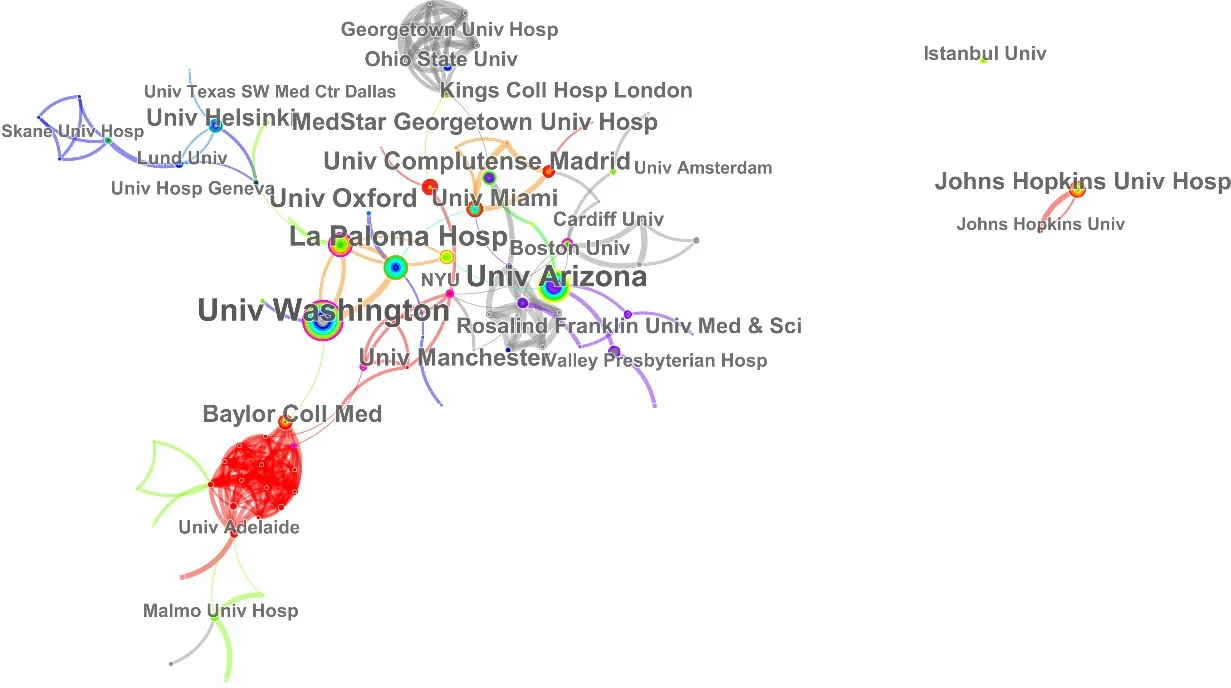
Fig.3 Cooperation network of the institutions
Active Journals and Co-Citation Analysis
According to the record count,the first three journals with the most publications were theInternational Journal of Lower Extremity Wounds(n=54; 3.7%),Wounds:A Compendium of Clinical Research and Practice(n=54;3.7%),andJournal of Foot & Ankle Surgery(n=43; 2.9%).Furthermore,the top three journals with the most citations wereDiabetes Care(n=955),Diabetic Medicine(n=571),andJournal of Vascular Surgery(n=509).The top 10 journal sources according to the number of publications and citations are presented in Table 1.With a co-citation analysis,these journals showed a high centrality and high frequency of co-citations.TheJournal of Surgeryshowed more associations and similarities with each other,while diabetesrelated journals showed more associations and similarities.Comprehensive journals such asLancetandJAMAalso showed an influence in this specialized field (Fig.4).

Table 1 Top 10 journal sources according to the number of publications and citations on surgical management for diabetic foot ulcer

Fig.4 Co-citation network of the journals
Active Authors and Cooperation/Co-Citation Analysis
The three authors with the highest number of publications were Armstrong DG (n=36; 2.4%),Lipsky BA (n=34; 2.3%),and Aragon-Sanchez J (n=27; 1.8%).The top three highly cited authors were Armstrong DG (n=373),Lipsky BA (n=307),and Lavery LA(n=238).The top 10 authors according to publications and citations are presented in Table 2.For cooperation analysis (based on the data of publications,Fig.5A)and co-citation analysis (based on the references of publications,Fig.5B),the results were approximate,but with differences.Authors with more publications showed more cooperation.However,cooperation analysis revealed the characteristics of groups on the basis of cooperation (Fig.5A),while co-citation analysis showed a strong overall cooperation centered by the productive authors (Fig.5B).

Table 2 Top 10 authors according to the publications and citations on surgical management for diabetic foot ulcer
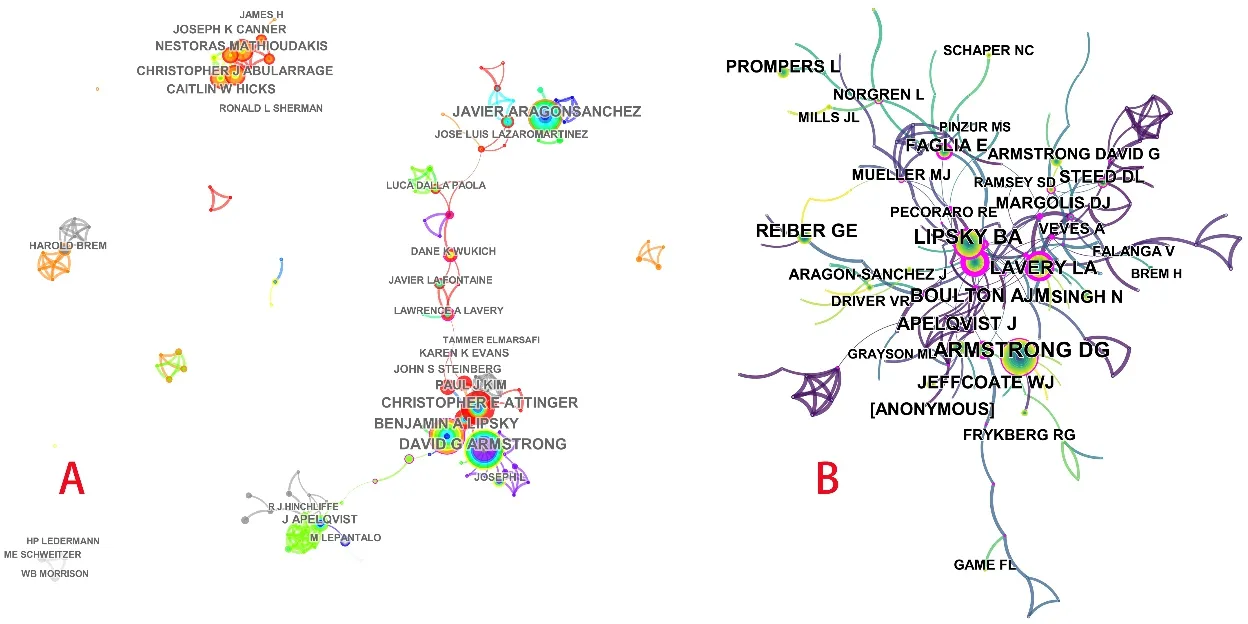
Fig.5
Cluster Analysis and Topic Trend Analysis (Timeline Cluster Analysis)
A total of 15 natural clusters were generated through the analysis,and the most representative phrases or keywords were selected as labels (by the LLR algorithm).The entire cluster structure was relatively tight (Fig.6).The labels and colors were combined to understand the knowledge flow (cold to warm colors),which could also be confirmed by the timeline network (Fig.7).With the time axis,the development of each cluster could be observed more intuitively.Moreover,the pivot nodes(nodes with high centrality and association,which are highlighted in purple) and landmark nodes (nodes with high citations,which got a large shape) were more likely to occur in the clusters such as “diabetic foot osteomyelitis”,“multidisciplinary setting”,“amputation prevent team”,“systematic review”,and “negative pressure wound therapy”.However,after changing the algorithm (LSI or WI algorithm),the labels would occur as “curative metatarsal bone surgery”,“flap surgery”,“skin graft”,“surgical off-loading”,and “debridement”.It should be noted that several nodes were highlighted in red indicating that the citations to these publications(nodes) have been or are growing rapidly,called citation bursts.A citation burst indicates that the corresponding publications rapidly garnered attention in the scientific community and could serve as a key indicator of an emerging topic trend[17].There were 170 publications that received citation bursts.Among them,the study with the strongest citation burst was “2012 Infectious Diseases Society of America Clinical Practice Guideline for the Diagnosis and Treatment of Diabetic Foot Infections”,which was published in 2012 by Lipsky BA et al[18].Moreover,the top 10 publications with citation bursts in 2018-2019 (ongoing) are listed in Table 3.
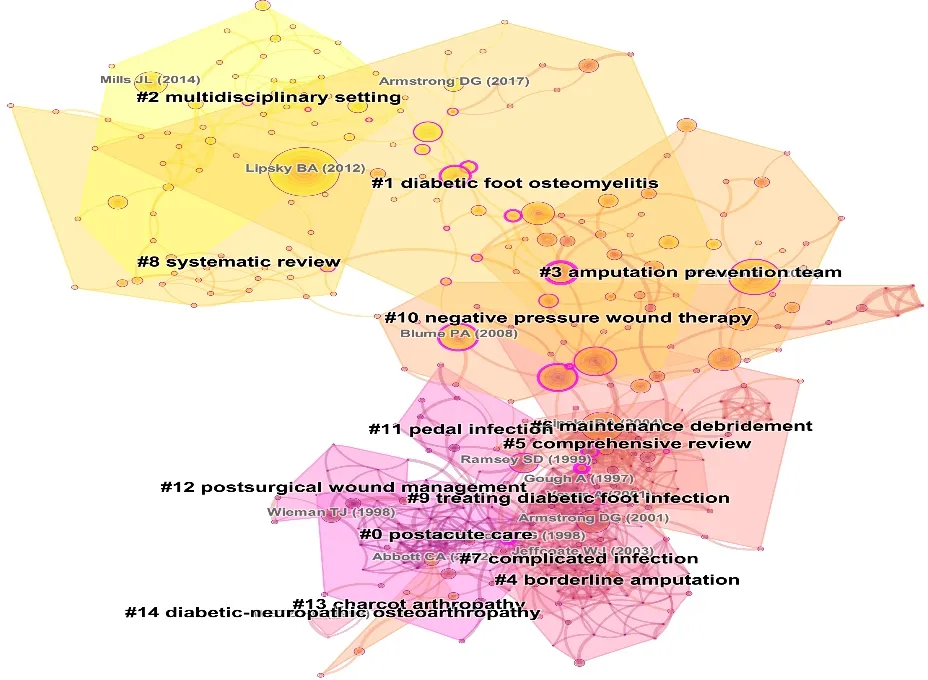
Fig.6
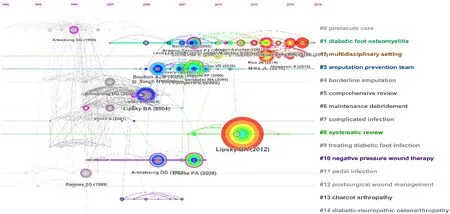
Fig.7 Timeline (topic trend analysis) network by the LLR algorithm
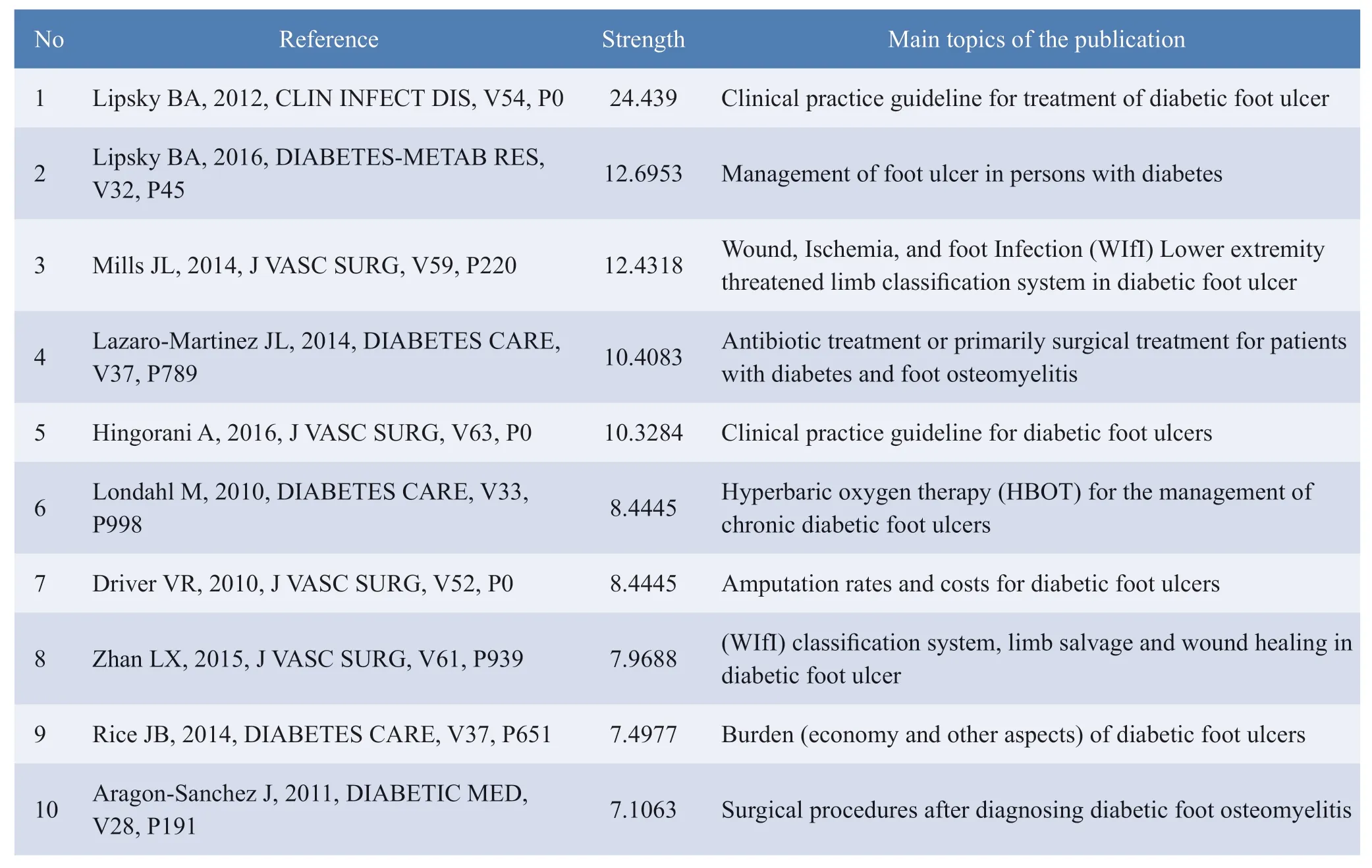
Table 3 Top 10 publications with citation bursts in 2018-2019 (ongoing) on surgical management for diabetic foot ulcer
DISCUSSION
Statistics show that the lifetime incidence of DFU in patients with diabetes mellitus might be as high as 25%[16,19].Furthermore,patients with foot ulcer are at an increased risk of amputation and mortality rate[19].Hence,the prevention,diagnosis,and management are critical to reducing amputation and mortality in patients with DFU[6,19].Several studies emphasized the important role that surgical management (such as dressing,off-loading,and the necessary surgeries) has played in controlling/healing DFU[20-22].This study could help researchers and clinicians in the field of surgical management for DFU.As the first bibliometric study in this field,it provides important information such as the cooperation of authors,institutions,and countries,intellectual structure,knowledge flow,and emerging topic trends.
Along with the increasing number of patients with diabetes mellitus and DFU[2],studies and publications on the surgical management of DFU have also been increasing yearly (Fig.1).From the perspective of the journal distribution of publications,we found that surgical-related journals such as theInternational Journal of Lower Extremity Wounds,Journal of Foot &Ankle Surgery,Journal of Vascular Surgery,Plastic and Reconstructive Surgery,etc.,covered several departments related to the surgical management of DFU,such as the wound repair,plastic and reconstructive surgery,vascular surgery,and orthopedics.From the co-citation network of publications,journals in this field were distributed into two groups:surgical-related and diabetes-related journal groups (Fig.4); the two groups are closely linked.Comprehensive journals like theLancetandJAMAalso took important influence and association between the two journal groups.This provides suggestions and tips for journal selection and article submission for researchers and clinicians.However,from the distribution and coword analysis of keywords,common keywords related to diabetes appeared more frequently and the association was stronger,while some surgical treatment-related keywords co-occurred less frequently,perhaps because they are too specialized (Supplementary Fig.2).
Understanding the active authors,institutions,and countries in the field and their cooperation can also be of great help to researchers and clinicians.From the statistical and co-citation analysis results,we noted that Armstrong DG,Lipsky BA,and Lavery LA,cooperated frequently and closely in the field (Fig.5).By reading their publications with high citations,it is possible to quickly determine their research categories as well as the guidelines,important research findings,and clinical experience in this field.Similarly,we can ascertain that productive institutions,such as the University of Washington,University of Arizona,University of Oxford,and Baylor College of Medicine,also took extensive cooperation with each other as well as other schools and hospitals (Fig.3).We found that developed countries,such as the USA and European countries,contributed to most of the publications (Fig.2).However,while the USA had little cooperation with other countries,the European countries closely cooperated with each other.One reason for this might be the formation of the European Union and the regional closeness,but another considerable reason could be the differences between the clinical guidelines and epidemiological characteristics.Notably,developing countries such as India,China,and Turkey also made contributions.The statistical and co-citation analysis of the authors,institutions,and countries,researchers,and clinicians,can provide information about study visits,study abroad,research direction selection,and research cooperation,especially for young scholars.
The cluster analysis and timeline network (topic trend analysis),enable distinguishing the flow of knowledge(cold color cluster to warm color cluster),hot topics(cluster labels),and emerging topic trends (cluster with ongoing citation bursts) in the field (Fig.6 and 7).Moreover,as a key indicator of the emerging topic trend[17],publications with citation bursts showed that the topics of primary surgical treatment,classification system,and amputation prevention were always the research focus.Combined with publications with high citation and citation bursts in recent years,we noticed that the treatment of severe osteomyelitis,multidisciplinary team management,and risk classification system for DFU have been popular topics[18,23,24].We discovered that several publications with high citations were reviews,which might be because reviews summarize,organize,and filter high-quality evidence from primary studies.Additionally,dressing,off-loading,debridement,and negative pressure wound therapy were the basic surgical managements for DFU[25-27],which was consistent with the results of the cluster analysis and timeline analysis network.With regard to the results of co-word and co-citation analysis,we observed that the surgical management of DFU was always associated with characteristics such as “osteomyelitis”,“amputation prevention”,“antiinfection”,“ischemia”,and “Charcot foot”.Therefore,we should be aware that there is no well-defined surgical management; however,multidisciplinary team treatment could be more effective in controlling DFU.By combining grant analysis with topic trend analysis,we found that it was easier for hot topics and emerging topics to obtain funding from the NIH and NSFC.This might be due to limb loss and social and economic burdens caused by DFU[28].These could help researchers with their research direction exploration and grant application.Finally,looking back at Fig.1,we can see that the number of annual publications increased sharply in 2007-2008 and 2014-2016,which tended to stabilize.This indicated that before these two periods,there had been a major development,important research results,or technological advances in the field.This phenomenon was consistent with the development of science and technology,where progress is stepped,and a leap is followed by a plateau[29].Through publications with high citation and citation bursts,we could assume that the leap of 2007-2008 might be associated with studies on new diagnostic methods[30],risk factor systems[31],surgical treatment guidelines[16],clinical application of negative pressure wound therapy[32],and data release on the global burden[33]published in journals likeLancet,JAMA,andDiabetes Carebefore 2007-2008.Likewise,the leap of 2014-2016 might be associated with the studies on the Wound,Ischemia,and foot Infection (WIfI) classification system[24],advanced dressings[25],revision of clinical guidelines[18],ulcer revascularization[34],and surgical treatment options[35]published before 2014-2016.Additionally,the plateau gradually became shorter with time,and it is possible that the next leap is just around the corner.The keyword analysis revealed the gradual increase of keywords such as “revascularization”,“angiography”,and “off-loading”,which could provide hints about the next leap.
This study was restricted by the limitations of database retrieval.We were unable to obtain comprehensive and extensive data from a single database; therefore,we used a topic search with several synonym keywords for publication retrieval.
In general,the present study provides researchers and clinicians with important information on the cooperation of authors,institutions,and countries,intellectual structure,knowledge flow,and emerging topic trend by bibliometric analysis,to help them with their subject cognition,study visits,study abroad,research direction selection,and grant applications.
FUNDING
This work was funded by the Key Scientific Research Projects of Colleges and Universities in the Henan Province (grant no.:20A320033).
ETHICS DECLARATIONS
Ethics Approval and Consent to Participate
N/A
Consent for Publication
All the authors have consented for the publication.
Competing Interests
The authors declare that they have no competing interests.The authors state that the views expressed in the submitted article are their own and not the official position of the institution or funder.
SUPPLEMENTARY MATERIALS
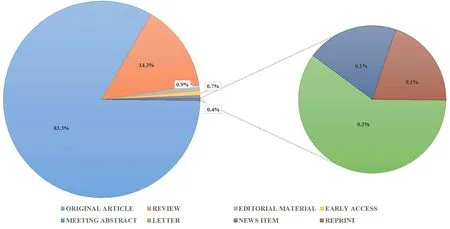
Supplementary Fig.1 Article types of publications
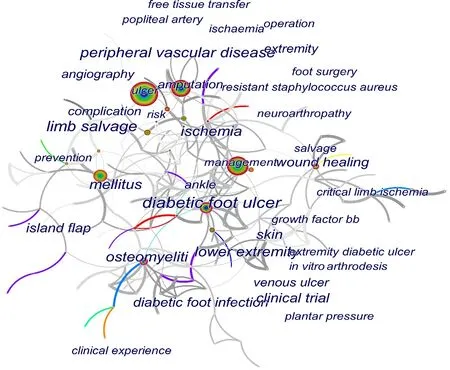
Supplementary Fig.2 Co-word analysis network of the keywords

Supplementary Table 1 10 most cited publications on surgical management for diabetic foot ulcer
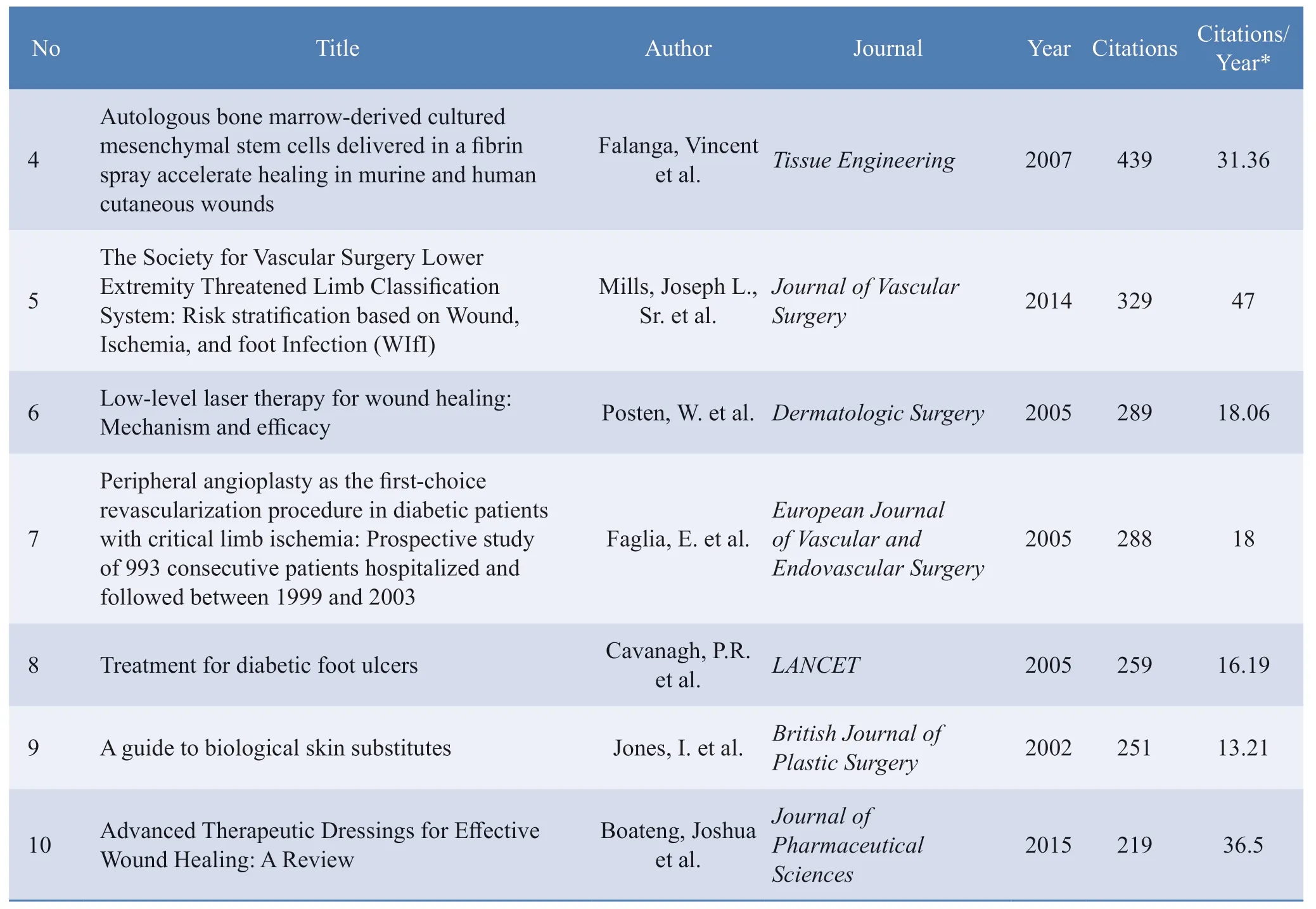
*Citations/Year (Annual average citations)
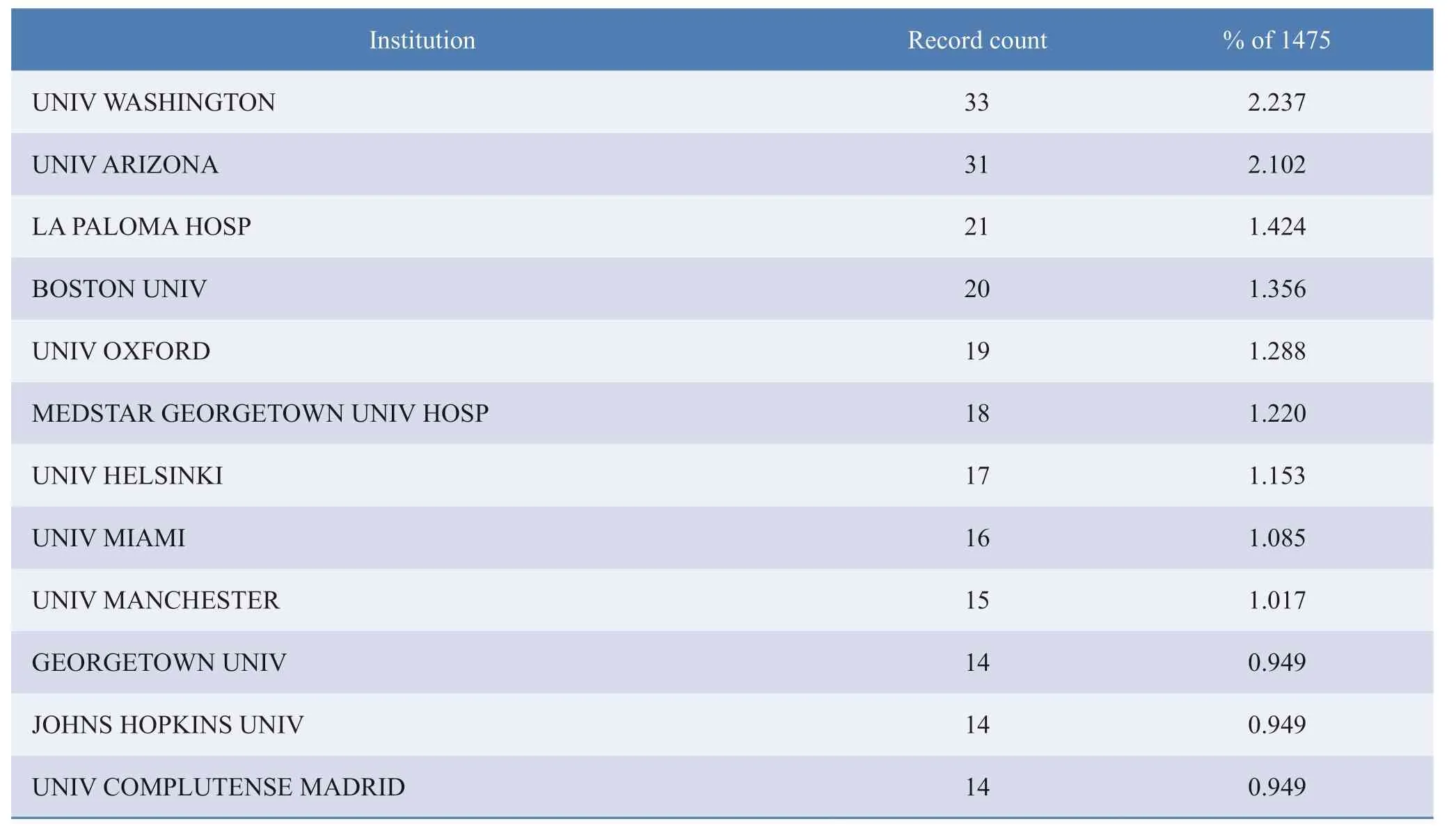
Supplementary Table 2 Top 10 institutions by records count of publications on surgical management for diabetic foot ulcer
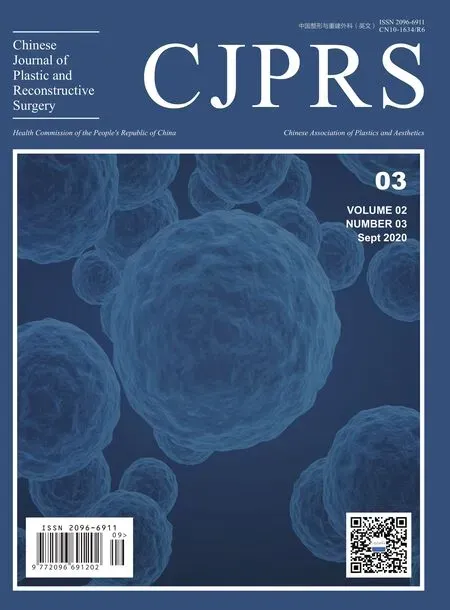 Chinese Journal of Plastic and Reconstructive Surgery2020年3期
Chinese Journal of Plastic and Reconstructive Surgery2020年3期
- Chinese Journal of Plastic and Reconstructive Surgery的其它文章
- Status Quo and Future Development of Female Genital Cosmetic Surgery (Intimate Surgery)
- The First Case of Free Radial Forearm Skin Flap:A 40-Year Follow-Up Study
- A Case of Digital Superficial Angiomyxoma
- Meteorological Influence on Tissue Expander-Related Major Infection
- Programmed 6-Step Approach of Improved Liposuction-Curettage for Axillary Bromhidrosis
- Foreword from Professor Lee L.Q.Pu
